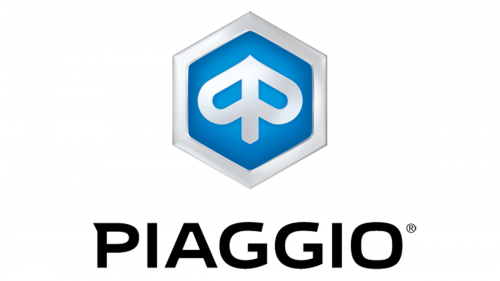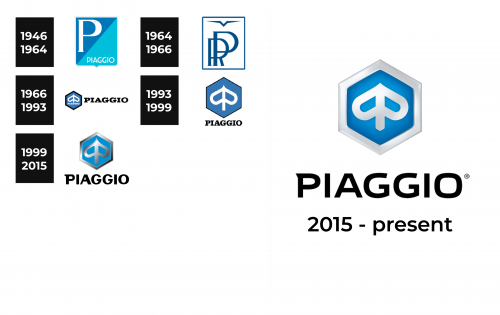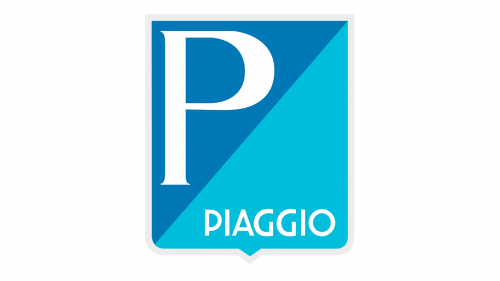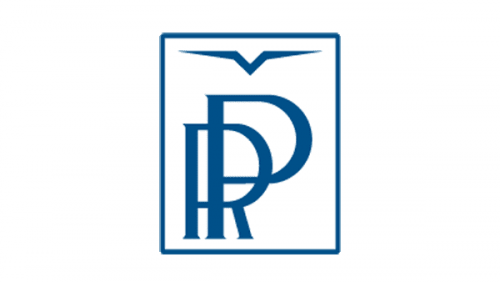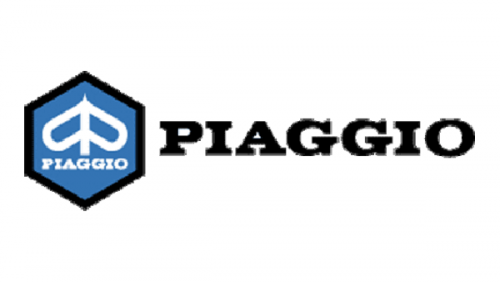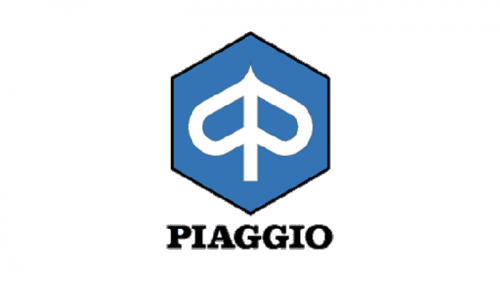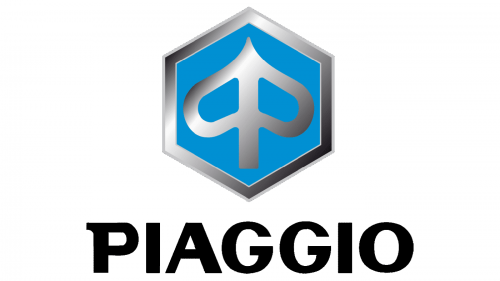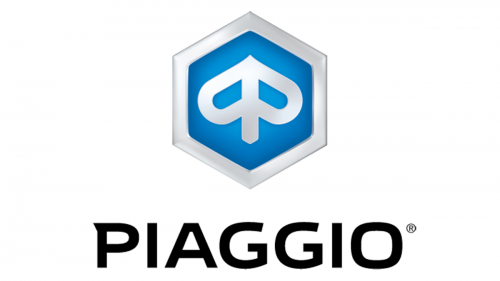Founded: 1884
Founder: Rinaldo Piaggio
Headquarters: Pisa, Italy
Official website: www.piaggio.com
Piaggio is one of the most popular names in the world’s motorcycle industry. The Italian company, established in 1884, is known mostly for its scooters and city bikes. The Piaggio Group owns several famous brands, such as Vespa, Aprilia, and Moto Guzzi, which makes it one of the largest manufacturer of motorcycles by volume.
Motorcycle History
Piaggio was founded in 1884 and for the first several years of its history was engaged in the production of ships, aircraft, and industrial equipment. After World War I, Enrico (son of Rinaldo Piaggio, the founder of the company) decided to take up the production of light two-wheeled vehicles which were so necessary for the poor country recovering after the hard times.
Piaggio became famous in 1946, soon after the first Vespa scooters appeared on the assembly line.
At the end of the 1960s, the Agnelli family, which at that time already owned Fiat, took over the Piaggio. In 1964, the management spun off the Piaggio aircraft division into a separate entity called IAM Rinaldo Piaggio. In 1969, the company completed the acquisition of the famous those days motorcycle manufacturer Gilera, and the line of models was expanded with mopeds boasting 50 CC engines.
By the beginning of the 21st century, the financial status of Piaggio began to be poor, as a result, in 1999, the concern found itself under the control of the Morgan Grenfell Foundation. And already in 2003, a large part of Piaggio was acquired by the Italian IMMSI invest group. The set of measures taken by the new leadership allowed the company to overcome the crisis and return to profitability, after which in 2006 Piaggio gained the status of a public company.
Brand Logo
The Piaggio visual identity has been redesigned several times throughout the company’s history, but its emblem has always been drawn in a blue and white color palette, which can make any design look cool and fresh.
1946 – 1964
The emblem, designed for the brand in 1946 featured a square crest shape with two diagonal fragments, one in a darker shade of blue, and the other — in a lighter. The big white letter “P” was placed on the left, and the small capitalized “Piaggio” inscription — in the bottom right part of the crest.
1964 – 1966
The redesign of 1964 simplified the badge, placing a dark blue “RP” monogram on a white background and enclosing it in a square frame of the same shade of blue. On the upper part of the badge, there was a sharp abstract sign, resembling a flying bird.
1966 – 1993
In 1966 the logo of the brand was changed again, now it was composed of a bold black logotype in the uppercase, placed on the right from a hexagonal emblem with a blue background and black framing. On the blue background, there was a white stylized image, which was meant to represent a wasp. The white “Piaggio” lettering was set under the white sign:
1993 – 1999
The lettering was rewritten in a thinner typeface and placed under the emblem, which was enlarged in this version. The white inscription was removed from the emblem, keeping the abstract wasp as the only element on it.
1999 – 2015
In 1999 Piaggio decided to start using a three-dimensional logo, brightening up the shades on the badge and adding some gradient to it. The logotype on this version was enlarged and rewritten in a strong sans-serif typeface, which looked modern and stylish.
2015 – Today
The redesign of 2015 modernized the design of the Piaggio logo, making it lighter and more progressive by changing the color palette and typeface of the black uppercase inscription.
Emblem and Symbol
The Piaggio symbol is a white or light silver stylized image of a wasp, placed on a white hexagon, repeating the shape of the honeycomb. The most famous sub-brand of Piaggio is Vespa, which stands for the “wasp” in Italian, so the whole history of the company has been connected to this insect.
Font and Color
The Piaggio logotype is written in the uppercase and executed in a bold and modern sans-serif typeface with thick clean lines of the letters. The type of the brand is pretty similar to such fonts as EXT Unicase 800 and Verbatim Extended Bold but with some lines modified.
The color palette of the brand is based on a combination of blue and light silver, which almost goes white, and complemented by solid black lettering. This mix of colors looks delightful and evokes a sense of reliability and safety, adding elegance and freshness to the whole identity.
The Legends
One of the most famous and interesting models of the Italian brand is a three-wheeled scooter, MP3, which has its modified version, MP3 300 HPE.
It is a new, lighter, and faster interpretation of the three-wheeler, which turned the notion of urban mobility upside down in its time. The engine, more than 26 hp, ABS and ASR systems, and a lot of luggage space.
And also the unit boasts a GT-style design, updated headlights with LED daytime running lights, turn indicators and taillights, a full instrument panel with a multifunction digital display, a built-in windshield for better protection, a comfortable seat with lumbar support, etc.

